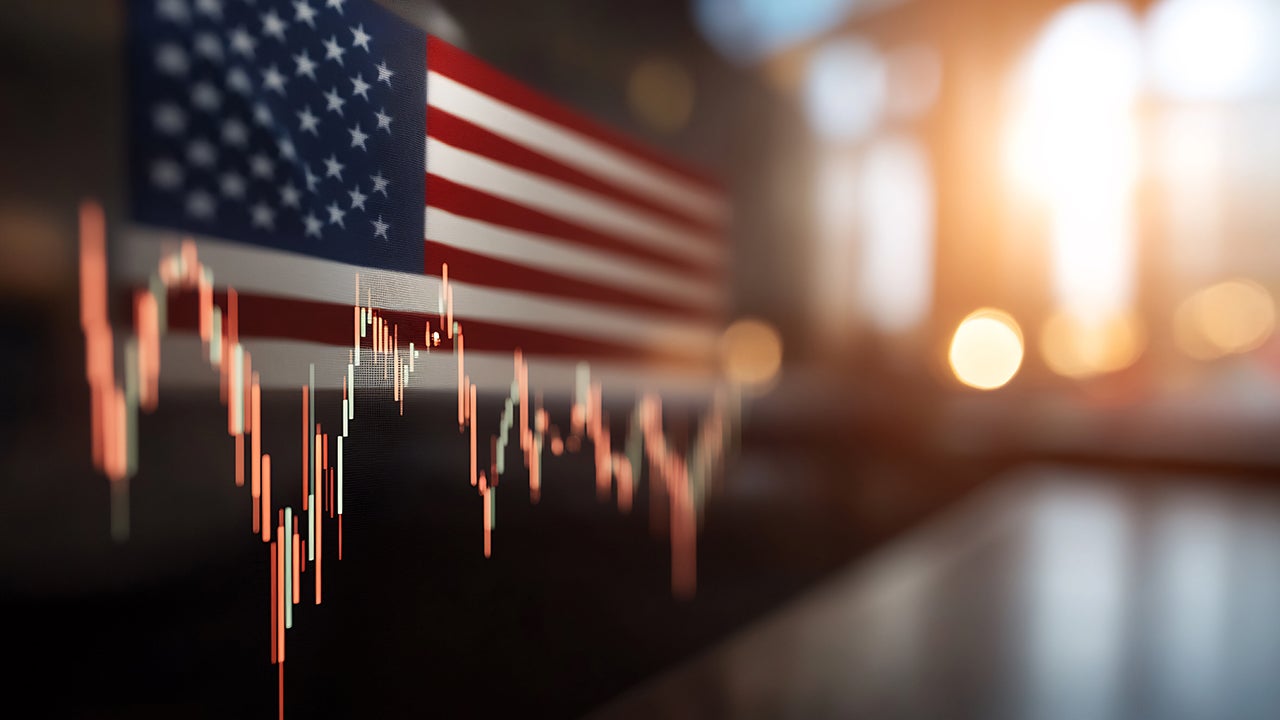Global Fixed Income Strategy - April 2025


We see two possible scenarios for US growth – Orderly slowdown or recession
Last month, we lowered our US growth projection to below potential. But following the announcement of tariffs and reciprocal trade measures on “Liberation Day” April 2, we have downshifted our outlook further. At this point, like many analysts and companies, we find it difficult to define a clear baseline. Instead, we suggest two possible scenarios going forward, each with roughly equal probability.
The first scenario is a relatively benign, orderly slowdown without a recession. This scenario assumes a quick reversal in trade policy, including tariff exemptions and agreements with key partners. The second scenario, on the other hand, assumes continued aggressive trade policies—making a recession more likely.
In either case, we believe the economy is facing a significant slowdown. This month, we outline the key headwinds driving that deceleration and ask, what would a slowdown look like? We expect several drivers of a potential slowdown to be active in the coming weeks. Our goal is to continuously assess their scale, magnitude, and impact on the economy to determine if we are headed for scenario one or the more severe scenario two.
Multiple factors point to a slowdown
Before we delve into the details, it’s important to underscore that the expected slowdown is not solely driven by tariff policy—despite its prominence in the media and policy discussions. Fiscal and labor market policies, along with shifts in global security dynamics, also play a critical role in shaping economic and market outcomes, as we outline below.
Investment risks
The value of investments and any income will fluctuate (this may partly be the result of exchange rate fluctuations) and investors may not get back the full amount invested.
Fixed-income investments are subject to credit risk of the issuer and the effects of changing interest rates. Interest rate risk refers to the risk that bond prices generally fall as interest rates rise and vice versa. An issuer may be unable to meet interest and/or principal payments, thereby causing its instruments to decrease in value and lowering the issuer’s credit rating.
Non-investment grade bonds, also called high yield bonds or junk bonds, pay higher yields but also carry more risk and a lower credit rating than an investment grade bond.
The risks of investing in securities of foreign issuers, including emerging market issuers, can include fluctuations in foreign currencies, political and economic instability, and foreign taxation issues.
The performance of an investment concentrated in issuers of a certain region or country is expected to be closely tied to conditions within that region and to be more volatile than more geographically diversified investments.




